Porsche has stolen the limelight at this year’s Frankfurt motor show with the unveiling of this spectacular new 600bhp plus electric-powered concept car – the Mission E.
Drawing on the electric drive and energy storage know-how gained in the development of the Le Mans-winning 919 Hybrid race car, along with the lightweight construction and battery technology created for the 918 Spyder hypercar, the sleek new four-door concept is claimed to closely preview an innovative new Telsa Model S rival that's being readied for launch before the end of the decade.
911 Turbo pace
With a 0-62mph time to challenge the latest 911 Turbo and a claimed range of more than 331 miles, the Mission E holds true to Porsche’s practical performance mantra, while also taking a nod to the future with the latest in 800 volt recharging technology and full zero-emission compatibility.
"We always said that when we do an electric car, it would be a true sportscar. We also said it would offer the performance traditional Porsche buyers demand,” said Wolfgang Hatz, head of research and development, at the unveiling of the Mission E on Monday evening, adding, “We have achieved both goals, while providing it with everyday practicality and an exceptional range.”
Power for the four-wheel drive Mission E is provided by two electric motors – one mounted up front acting on the front axle and one at the rear providing drive to the rear wheels. Produced in-house, both units run in a permanent synchronous state for what Hatz describes as “uniform power development for reliably reproducible accelerative ability” and “greater scope for energy recuperation”.
The German car maker is yet to reveal the individual power loadings for each motor, but confirms a combined output of over 600bhp and 663lb ft of torque. This provides the new concept with at least 80bhp more than the twin-turbocharged 3.8-litre six cylinder 911 Turbo – the fastest-accelerating production Porsche.
With a kerb weight of over 2000kg, the Mission E is claimed to hit 62mph from standstill in 3.5sec – or just 0.1sec shy of the 911 Turbo's official time. Hatz indicated to Autocar that this figure could be beaten in real world tests, but the issue is less about power and more about transferring it to the road. "We are right on the limit for traction off the line" he admitted.
Porsche also quotes a 0-200km/h time of less than 12.0sec for its new concept, which uses an on-demand four-wheel drive system in which the front wheels are driven only during acceleration, under hard driving or on slippery road surfaces. An electronically controlled torque-vectoring function also automatically distributes drive to each individual rear wheel for improved handling balance.
Hatz describes the handling of the Mission E as “typically rear biased”. He also says computer simulations suggest it is capable of lapping the Nurburgring circuit in less than eight minutes – a time that places it on a similar performance plane to the Cayman S.
With 682bhp, the £79,080 Tesla Model S P85D possesses a claimed 0-62mph time of 3.2sec.
Repeatable performance
In a process Hatz claims will set the production version of the new car apart from its electric car rivals when it is launched towards the end of the decade, the new Porsche has been developed to replicate this performance on repeated runs. “There is no dramatic drop off in accelerative ability like there is with existing electric cars. Our driveline can reproduce the claimed performance over and over and over,” he said.
It also allows the new four-seater to run at its top speed of over 155km/h for extended periods, according to Porsche.
A retractable body element within the front left wing provides access to the charging port for what is described as the Porsche Turbo Charging system. It uses an industry first 800 volt process – doubling the charging voltage used by the Tesla and its Supercharger system.
As a result, Porsche claims the Mission E’s battery can be charged to 80 per cent of capacity, a level which Hatz says provides up to 249 miles of range, in just 15 minutes – or less than half the time taken by existing electric cars. The 800 volt system also permits a lighter wiring harness with smaller gauge copper wires.
By mounting the liquid-cooled battery low down in the floor wholly within the wheelbase, Porsche says it has succeeded in providing the Mission E with a centre of gravity similar to that of the recently discontinued 918 Spyder. The lithium-ion unit, which draws on the cell technology also used by Audi with its e-tron quattro concept, is cooled in a process similar to that used by the 919 Hybrid race car, making it suitable, according to Porsche, for extended race track use.
All-new platform
The Mission E is based on a newly developed platform conceived specifically around its electric drive system. “We have taken a whole new direction with the structure. There’s no need for a traditional centre tunnel, for example, and this has been factored in to the design,” reveals Hatz.
The floorpan is made from aluminium, high-strength steel and carbon-fibre reinforced plastic – a combination Porsche says will be reflected on the production version tentatively planned to appear in 2018. Significantly, the adoption of a bespoke platform rules out petrol, diesel or hybrid variants of the new car. “It is a standalone electric car,” declares Hatz, putting to rest speculation that the new concept also holds clues to a long-mooted saloon model to go up against the Audi A6, BMW 5-series, Jaguar XF and Mercedes-Benz E-class.
Hatz doesn’t categorically rule out a sub-Porsche Panamera saloon, but he indicates such a would require a different platform and floorpan structure to the Mission E.
Hints of new Panamera
Various elements of the concept car’s chassis, including the suspension, have been sourced from the second-generation Panamera, due out in 2016. Details still remain scarce, though Porsche confirms the use of four-wheel steering – a development now available across the 911 line-up. The 21-inch front and 22-inch rear wheels make use of the centre locking mechanisms first used by the 911 GT3.
Reiterating the significance of the engineering project behind its development, Autocar’s 2015 man of the year, said: “We are deadly serious about this car. It is not just a concept, but at clear look at the future of Porsche. The implications to the brand are as important as those when the 911 was created over 50 years ago.”
The four-door Mission E was styled by a small team led by Porsche design boss, Michael Mauer. The former Mercedes-Benz, Saab and General Motors designer has been responsible for a range of critically acclaimed Porsche concept cars in recent years, including the original 918 Spyder concept wheeled out at the 2010 Geneva motor show.
The new car combines the fundamental look of traditional rear engine Porsche models up front together with the stretched proportions of the German car maker’s more modern front end offerings, providing the Mission E with a wonderfully balanced appearance that’s further enhanced by a terrifically strong stance.
The smooth surfacing treatment and exquisite detailing throughout endows the new car with puristic look in keeping with the timeless appeal of all great classic Porsche models. However, there is also evidence of progressiveness in the way Porsche also eschewed traditional headlamps for distinctive LED assemblies boasting the four point graphic of recent models and used small cameras mounted in the front wings, with images projected on to the lower corners of the windscreen, in place of traditional rear view mirrors.
Among those involved in developing the arresting exterior of the new concept was Mitja Borkert, the head of Porsche’s advanced design department largely credited with developing the svelte lines of the earlier Panamera Grand Turismo.
New style, familiar feel
At 4850mm in length, 1990mm in width and 1300mm in height, the Mission E is 165mm shorter, 60mm wider and a significant 120mm lower than Porsche's existing saloon, the Panamera. By comparison, the Tesla Model S stretches to 4975mm in length, 1965mm in width and 1435mm in width.
Inside, the concept provides accommodation for up to four on individual seats featuring a heavily structured design, ultra thin back rests and integrated headrests both front and rear. There are also two luggage compartments – one up front under the bonnet and another smaller one at rear beneath the fixed rear window.
Despite boasting a more heavily raked windscreen than its legendary stablemate, the driving position and front seat height is similar to that of the 911. “We wanted to provide it with a familiar Porsche feel,” says Ivo van Hulten, the interior designer.
A highly contemporary looking dashboard receives a free standing five-dial instrument binnacle featuring an eye tracking function activated by a button on a three-spoke steering wheel. When activated, the three-dimensional display automatically adjusts to suit the position of the driver, providing a tailor made environment in which all relevant information is set perfectly in the line of sight. Additionally, a holographic display extends into the passenger’s side of the car, providing information in three-dimensional graphics.
The production version of the Mission E must occupy a regular slot in Porsche's line-up, said project chief Stefan Weckbach: “The question is whether there will just be battery car enthusiasts in four or five years’ time, or will there just be people who want a nice-performing car?”
The product planning case for the 4.8-metre-long Mission E is based around the assumption that electric cars will be mainstream models, which explains why theMission E is sized to sit below the Cayenne and Panamera.
“We don’t want to substitute our Panamera or SUVs, so we have targeted a smaller segment,” said Weckbach.
Because of that and its electric-only make-up, the car is being designed from the ground up. Only minor modules will be shared with the new Volkswagen Group MSB platform, which Porsche is developing for the next-gen Panamera and Bentley Continental range. The battery will be co-developed with Audi’s e-tron quattro, which also appeared at Frankfurt.
“That’s why we are looking at 2019/2020 for series production,” said Weckbach. “It needs some time to develop components for everyday usability.”
The body structure will be an ‘intelligent multi-material mix’ of mainly steel and aluminium, with carbon composites where needed, as with the new 911. Unlike BMW, which has invested heavily in a carbonfibre factory for the i3 and i8, Porsche is convinced of the benefits of steel and aluminium.
“If we thought a full carbonfibre structure was the solution, then we would do it,” said Weckbach. “But we didn’t come to that conclusion.” As a result, production numbers of around 20,000 a year are under consideration.
Weckbach said the new body structure will not be capable of accepting a conventional combustion engine powertrain, so the Mission E will have to be an economic success as a battery-powered car only.
Get the latest car news, reviews and galleries from Autocar direct to your inbox every week. Enter your email address below:

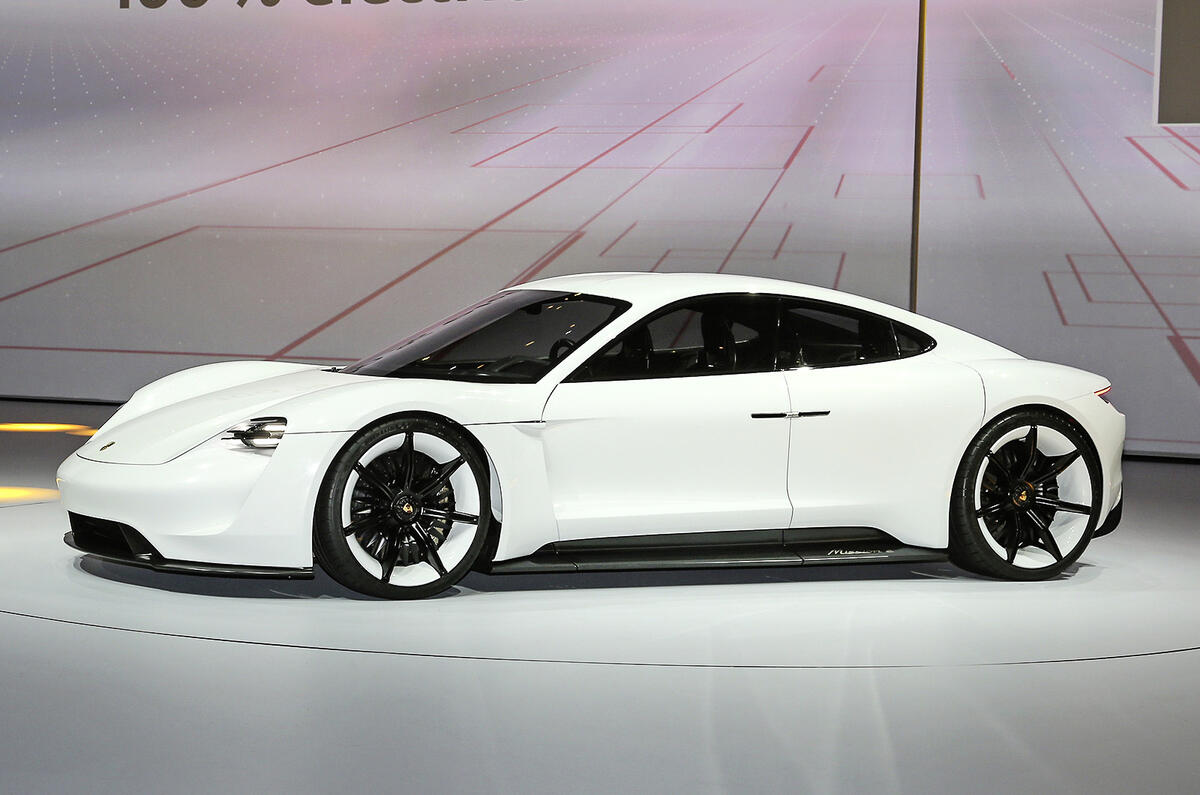
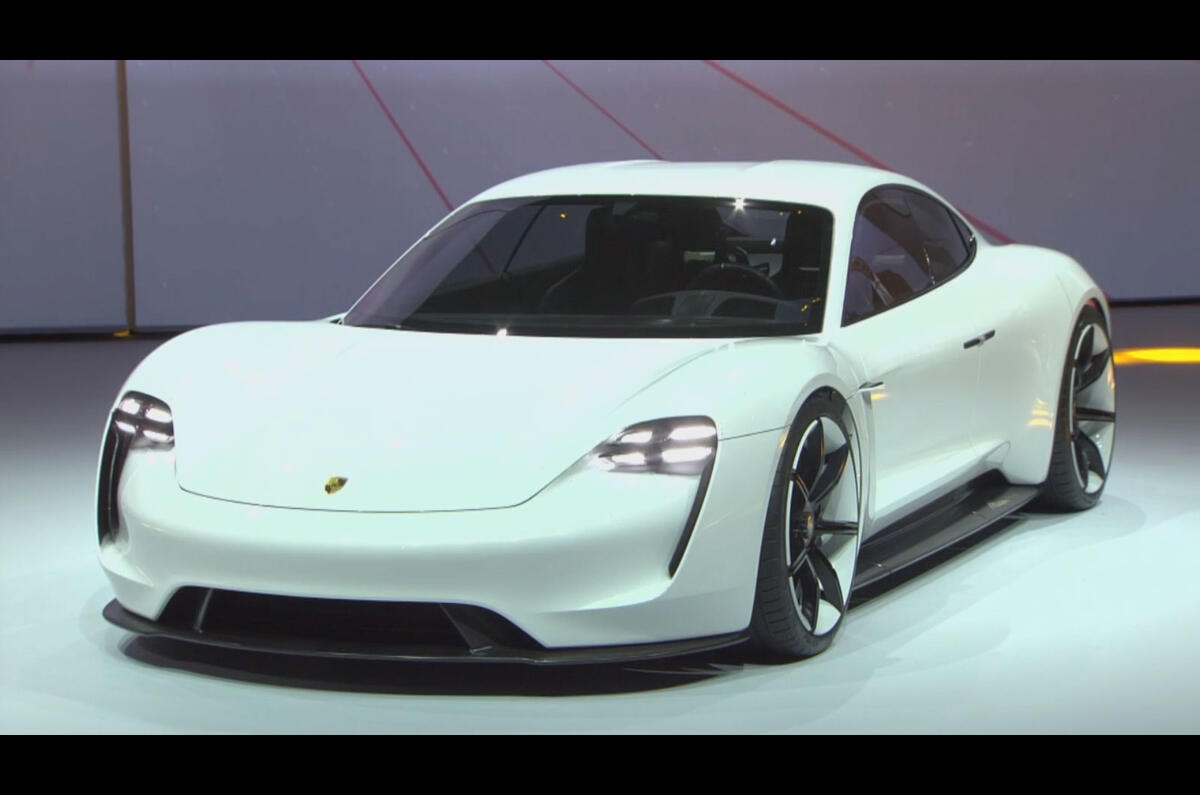
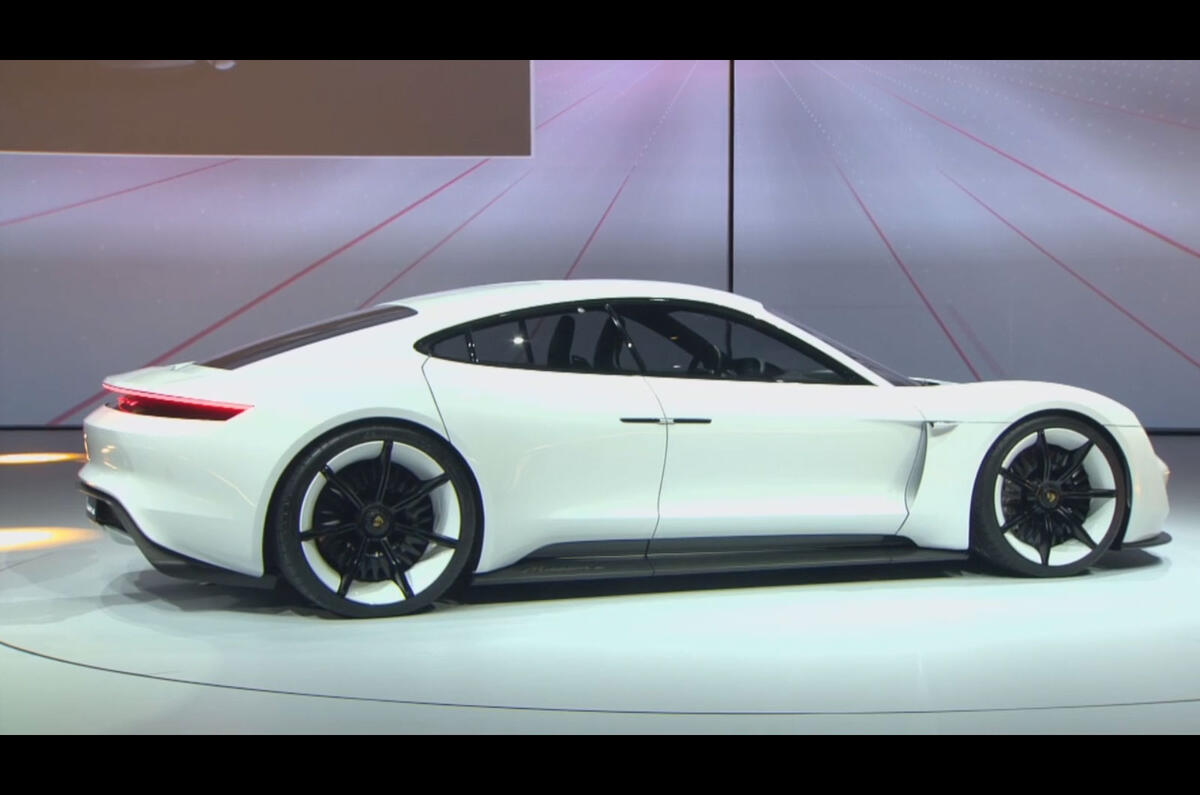
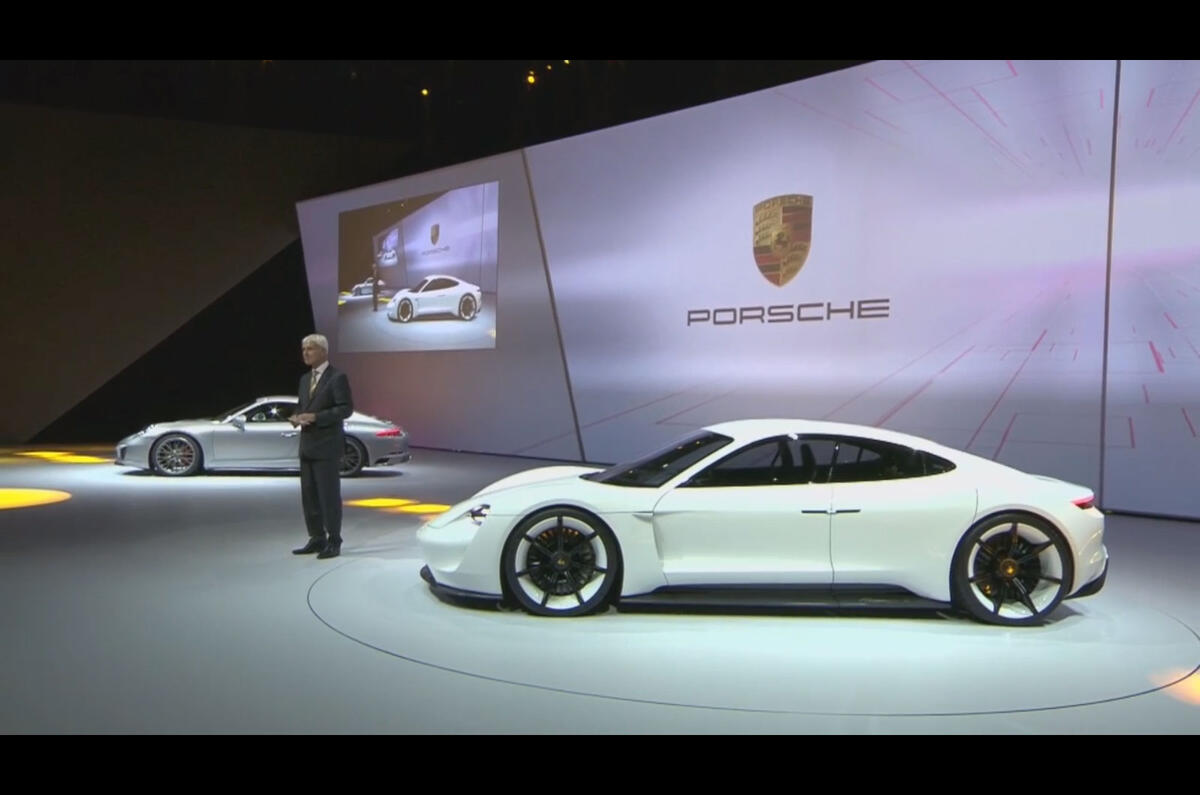
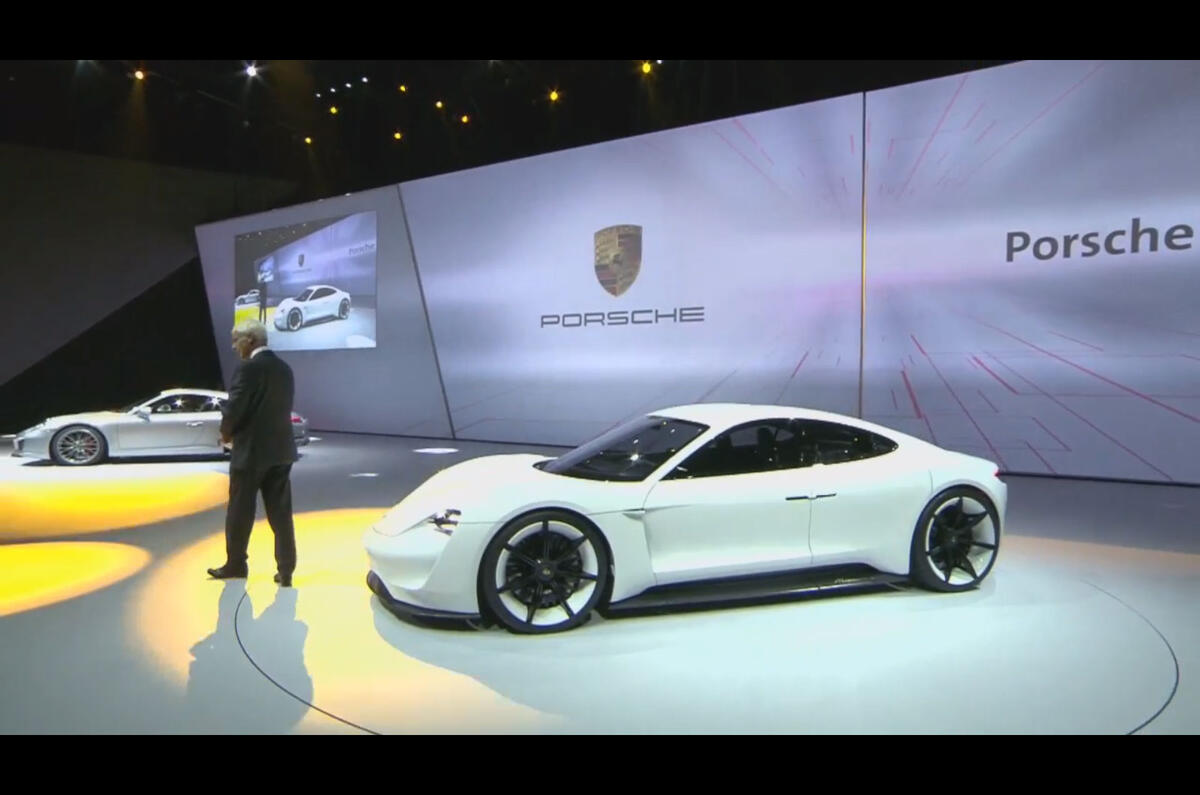

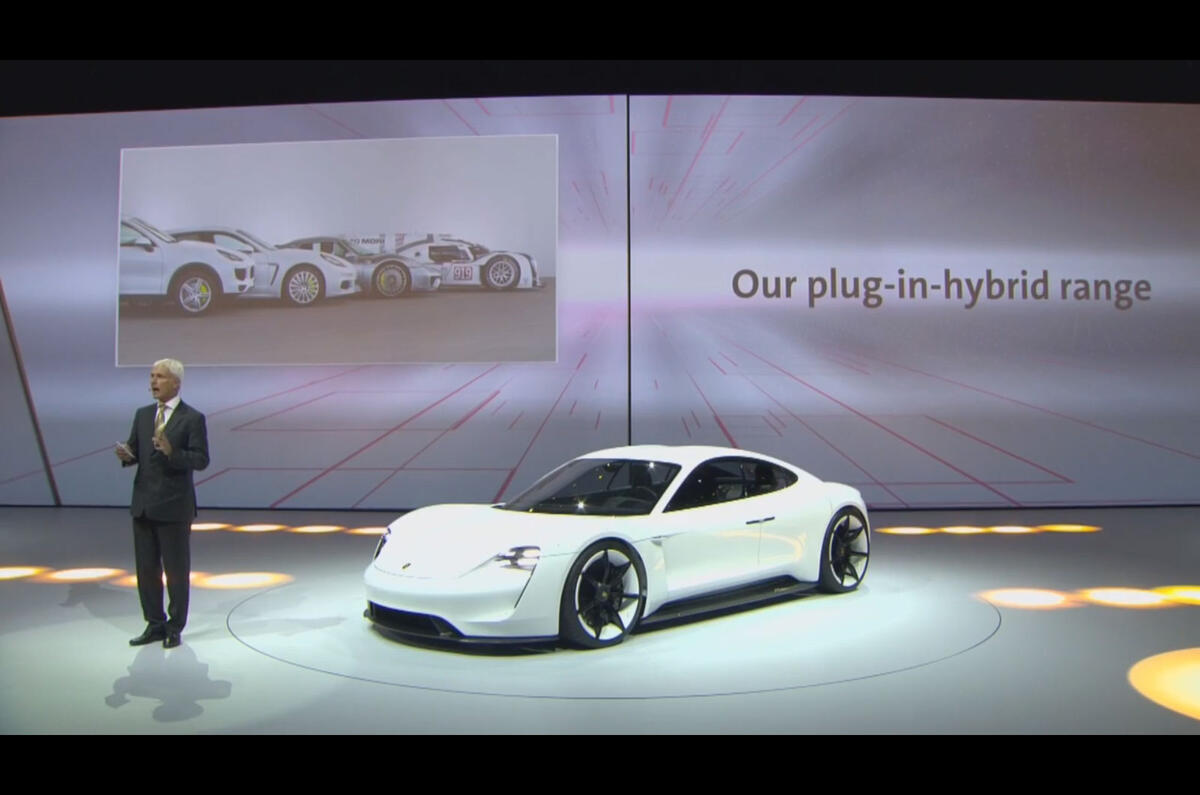
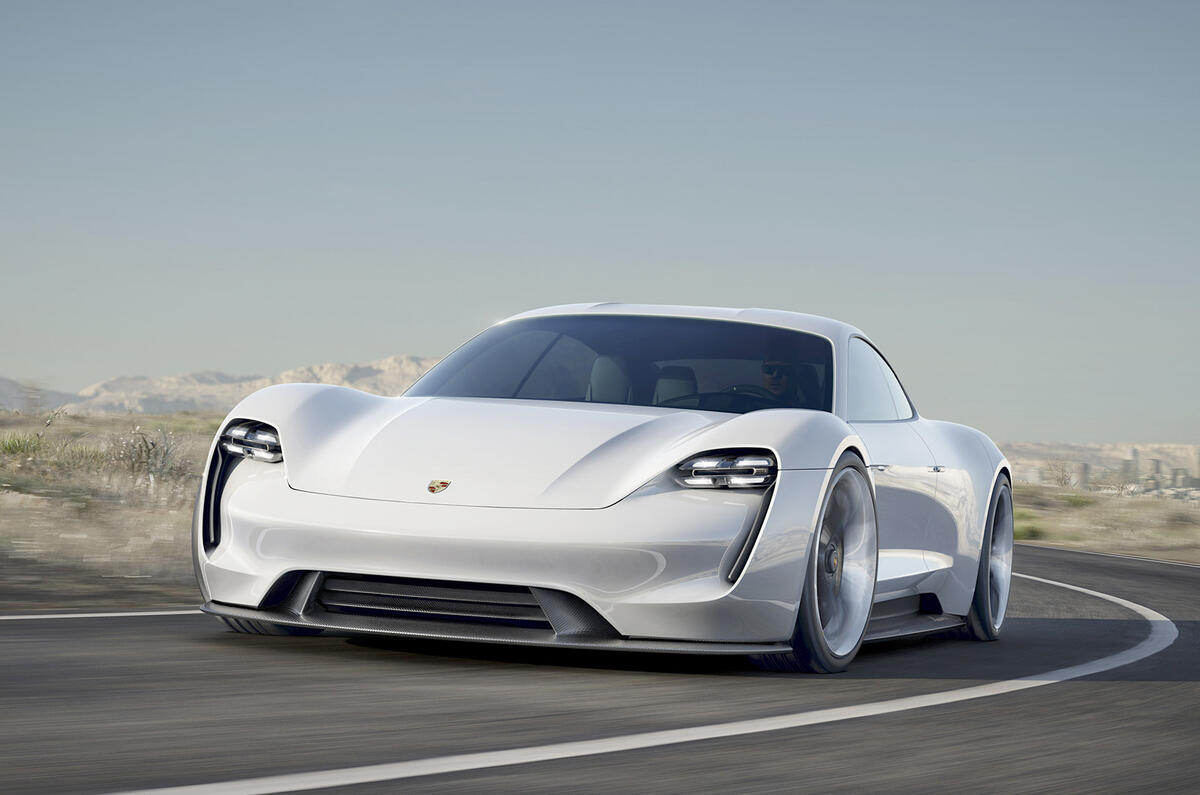
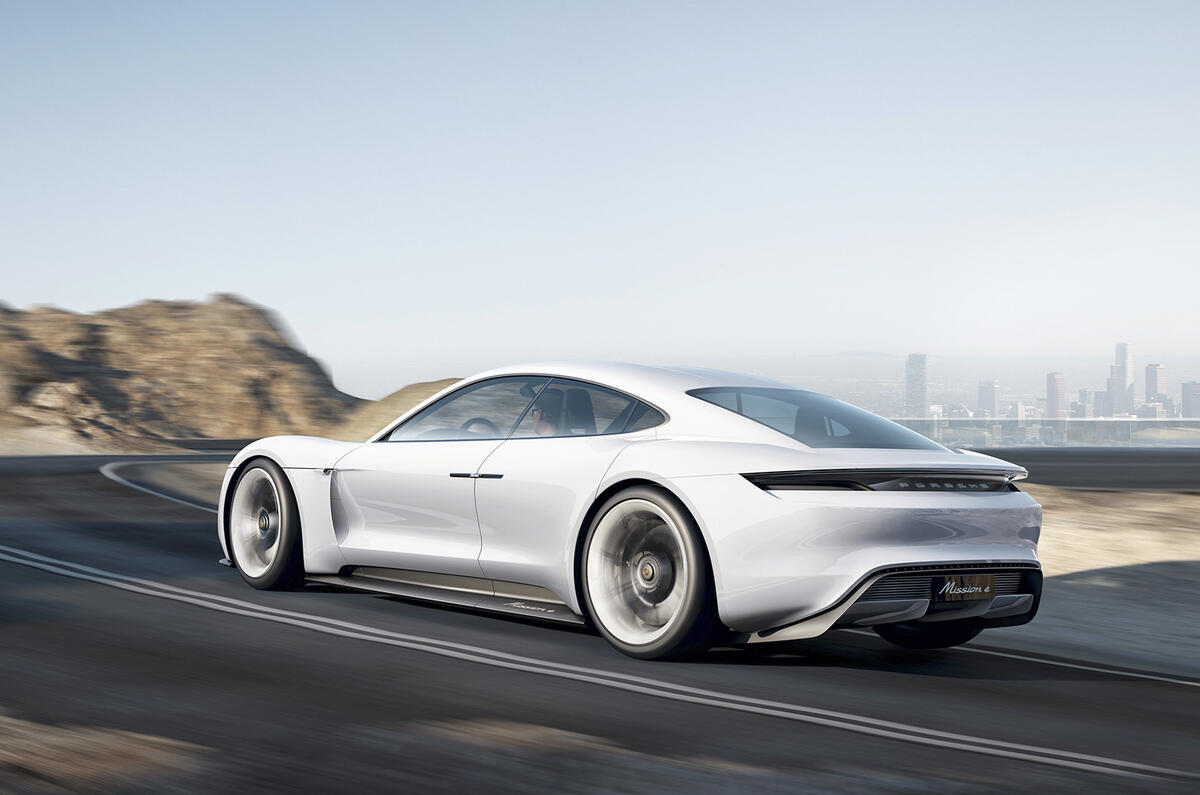
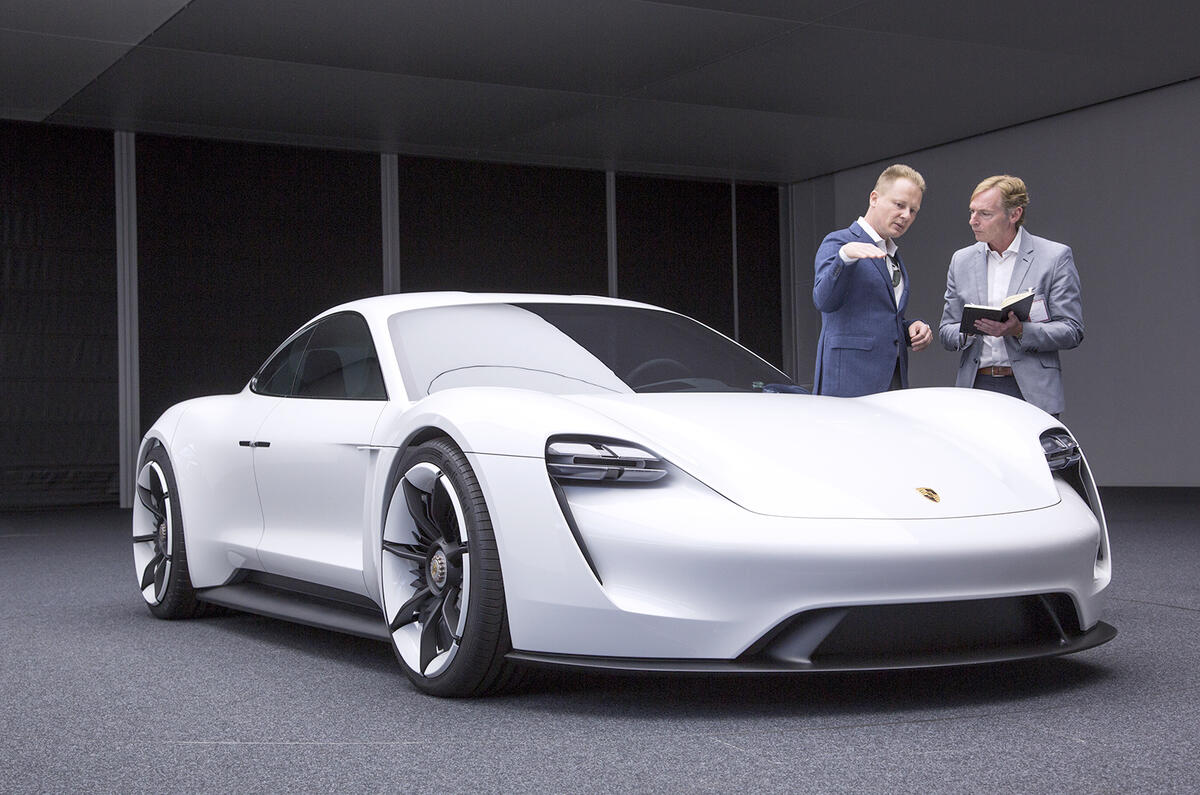
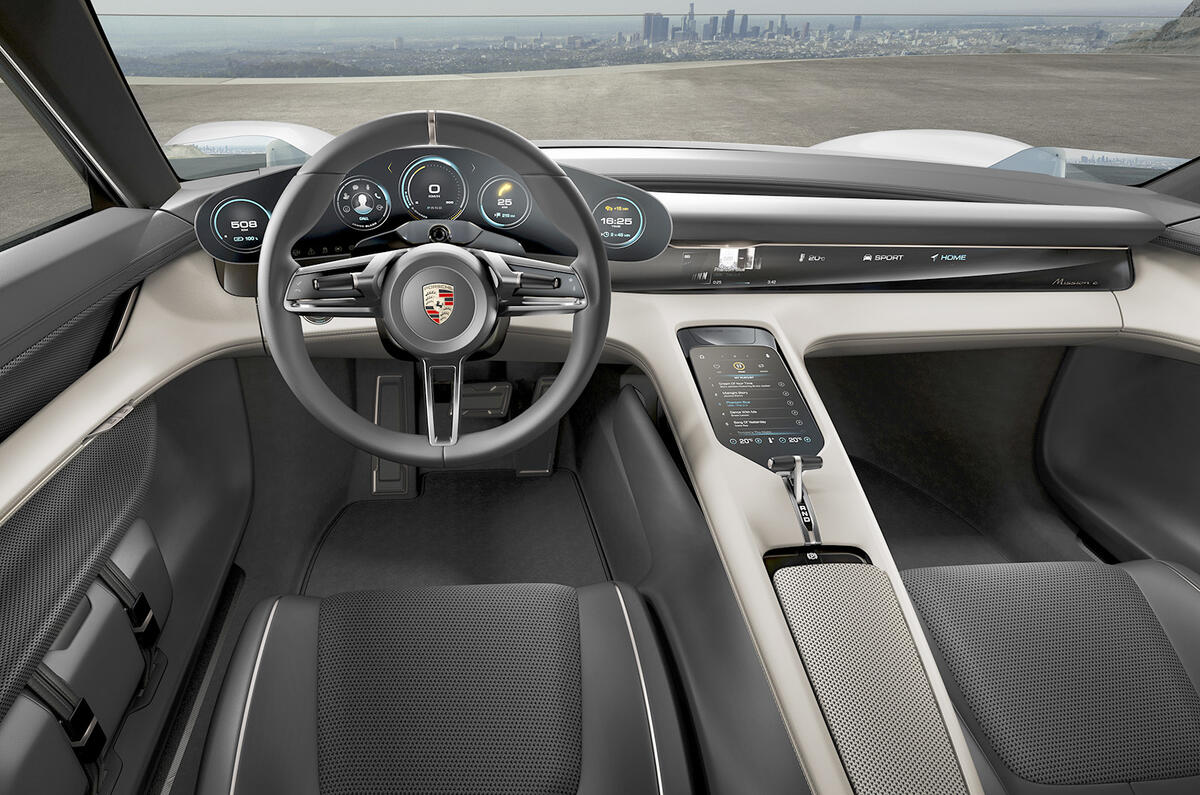
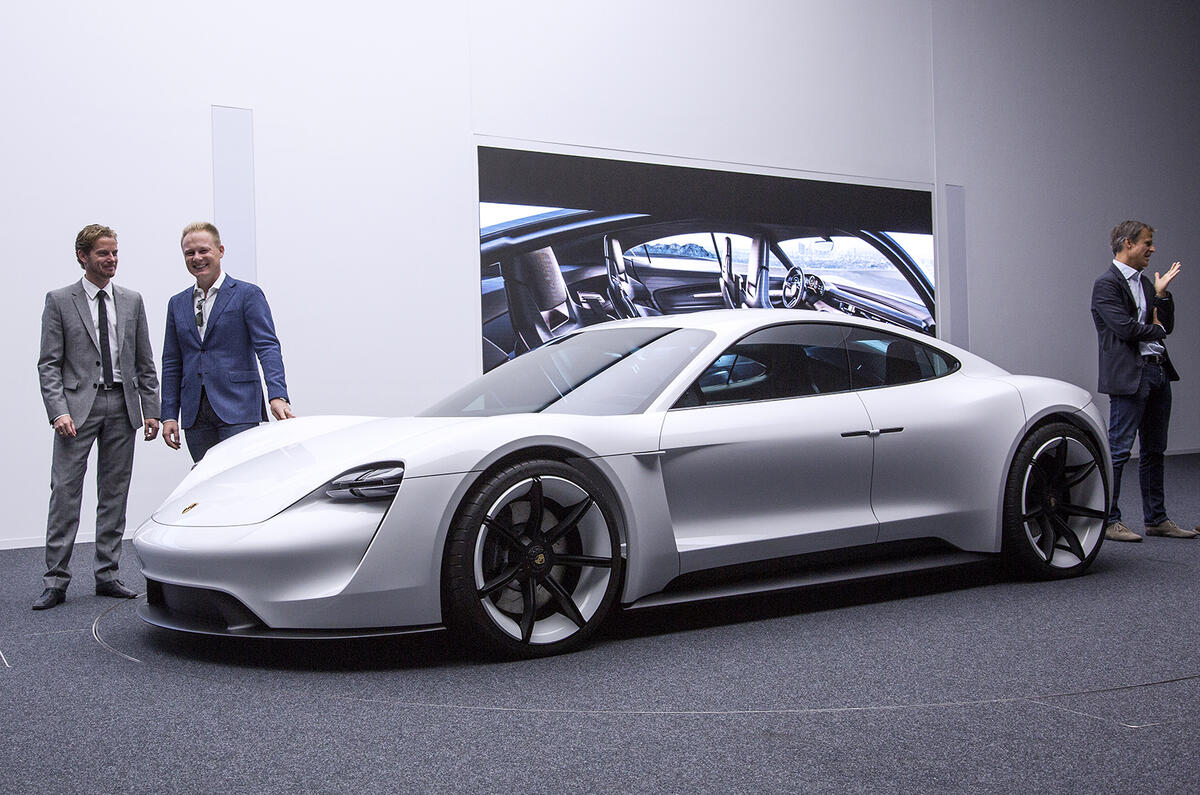
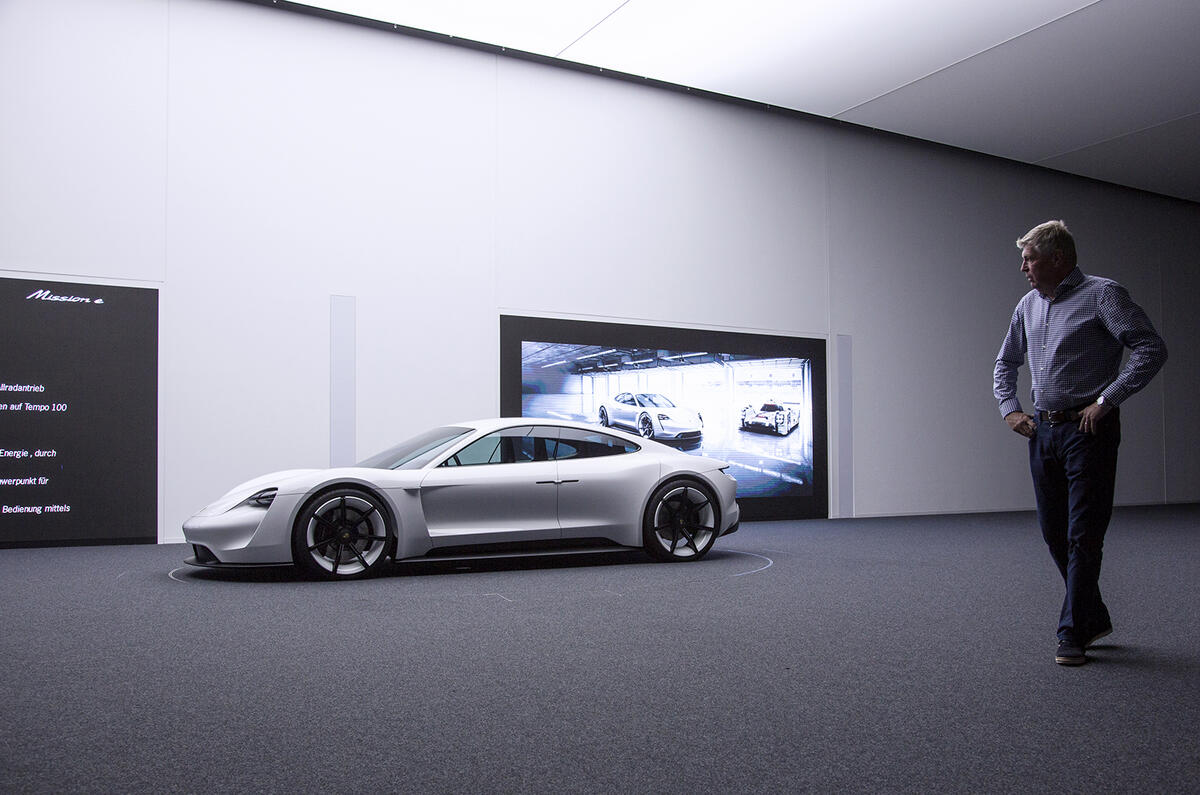
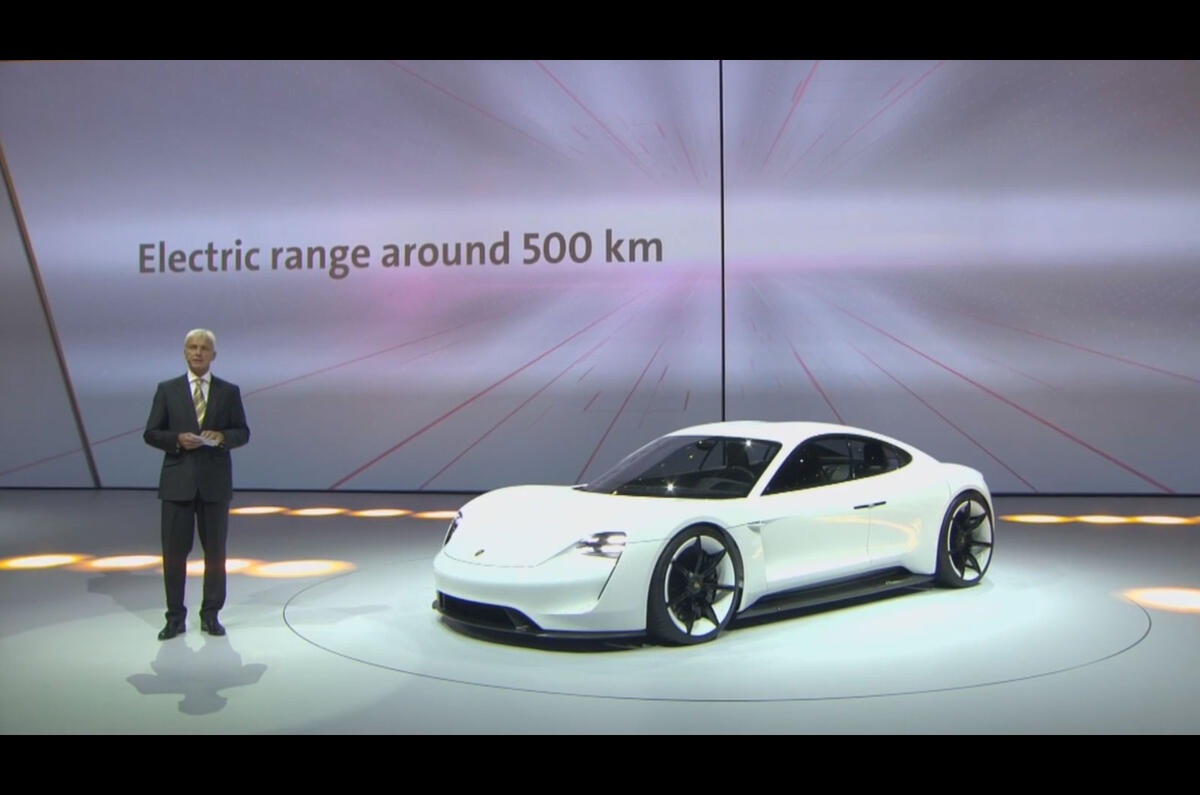

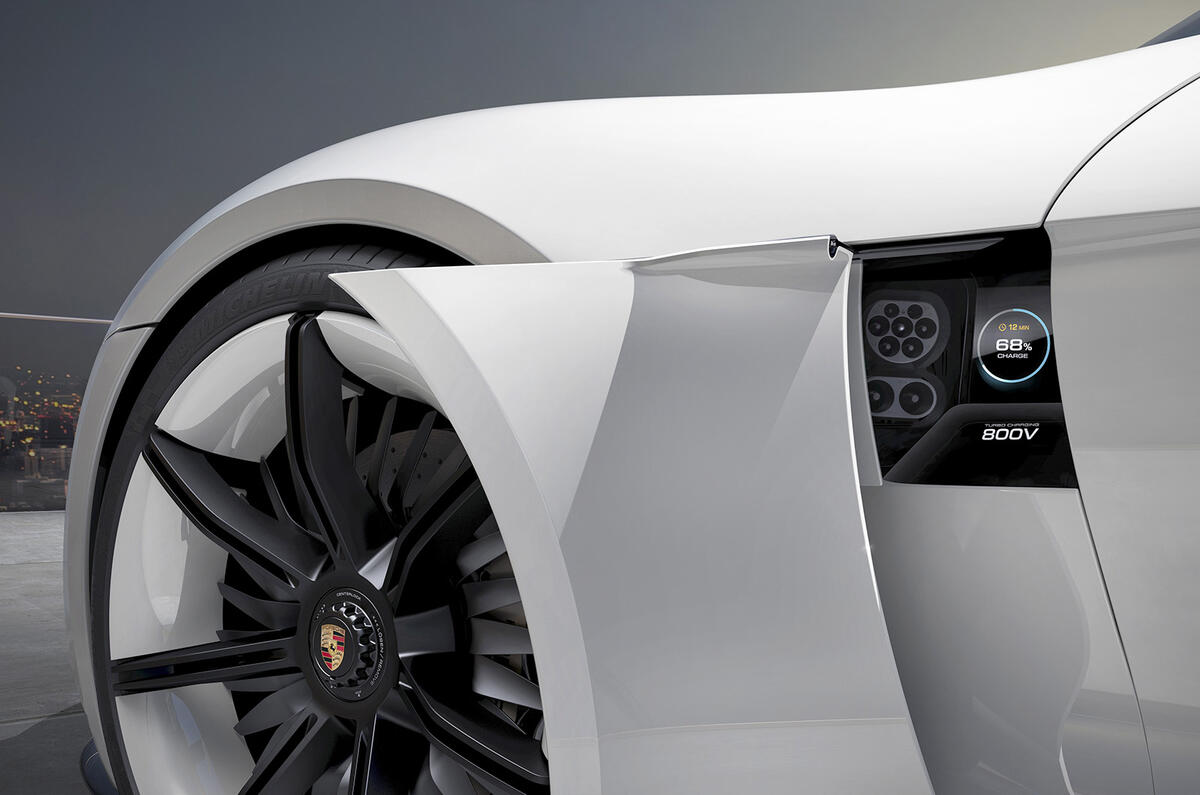

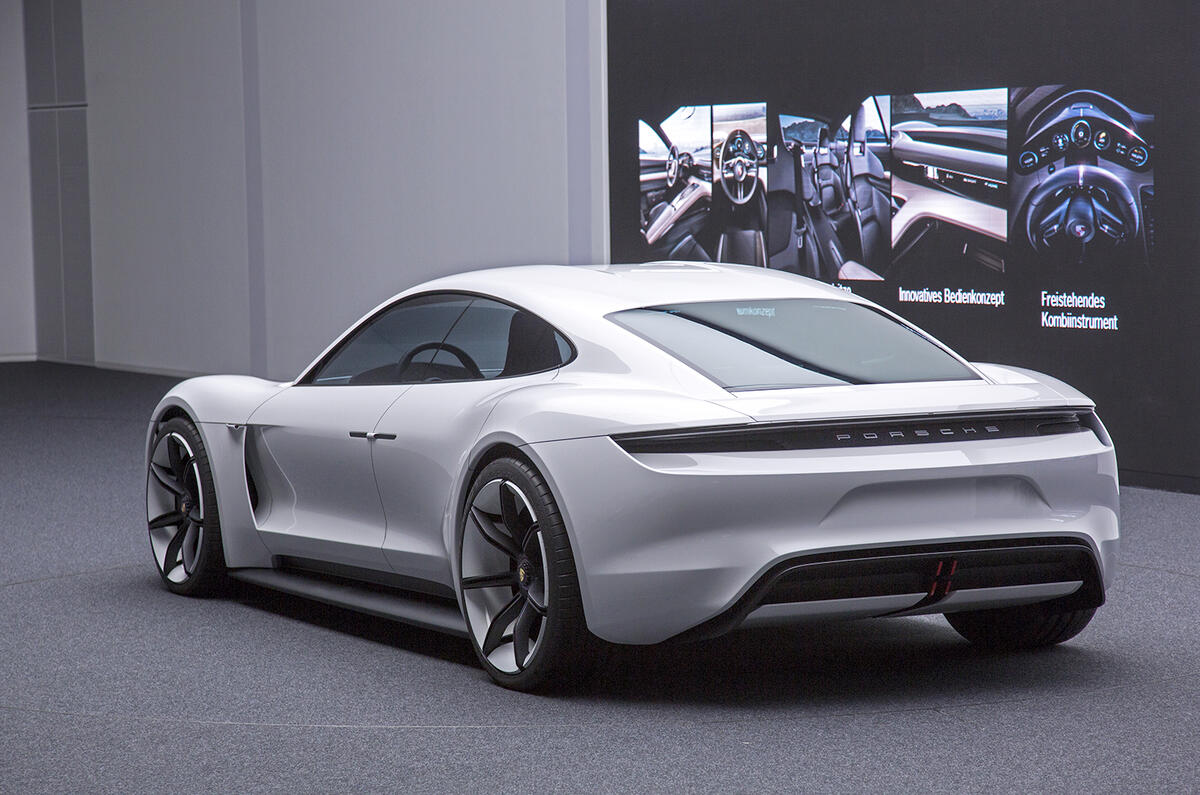
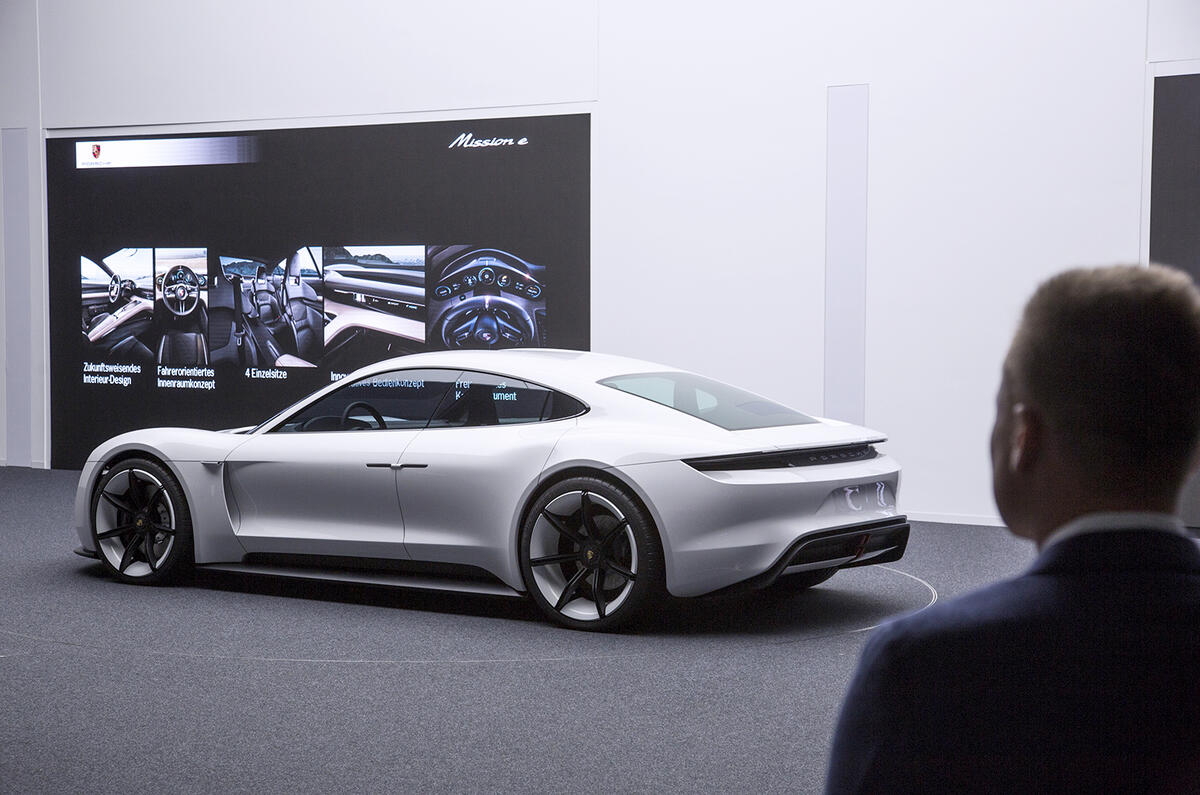
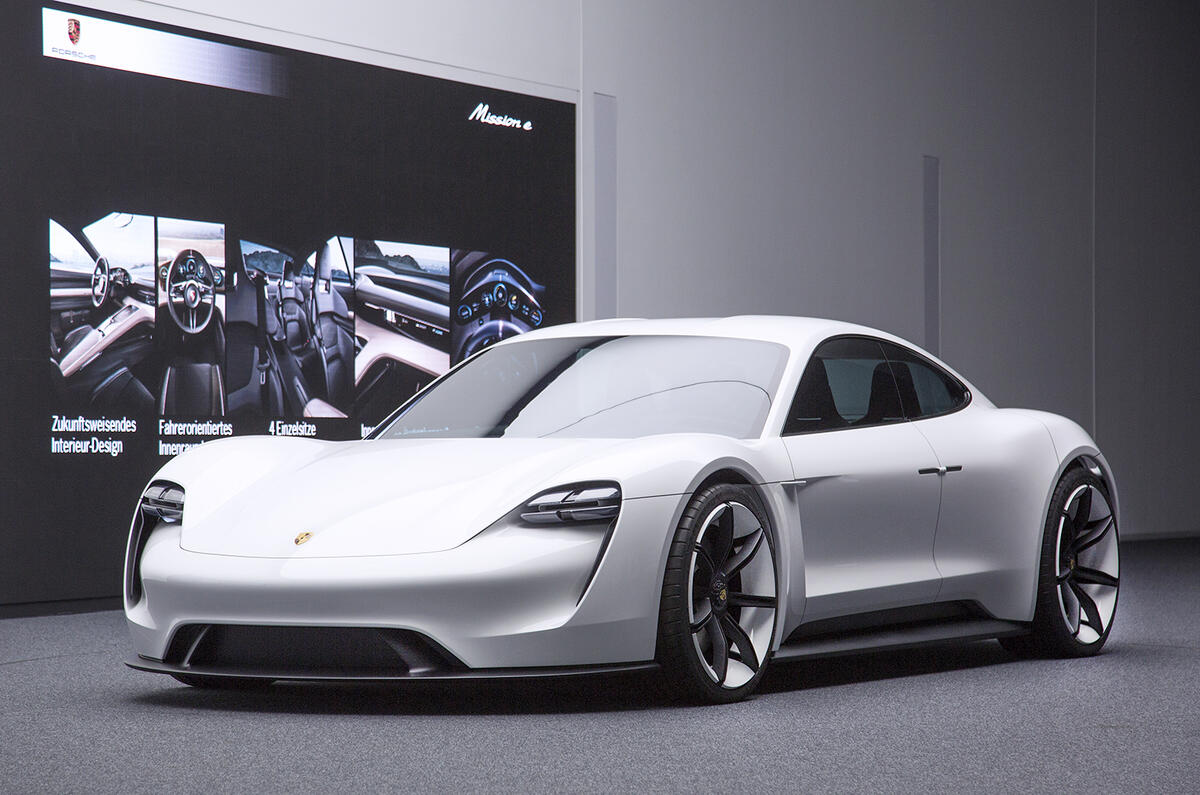

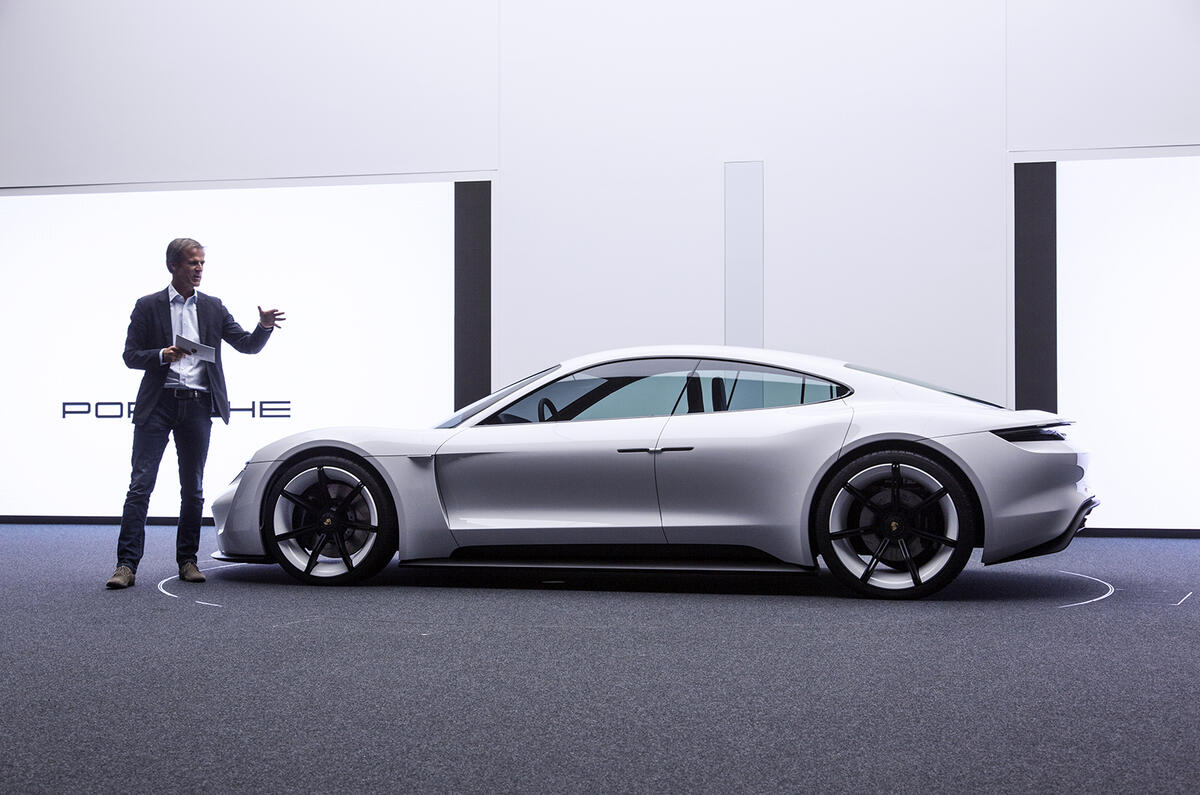
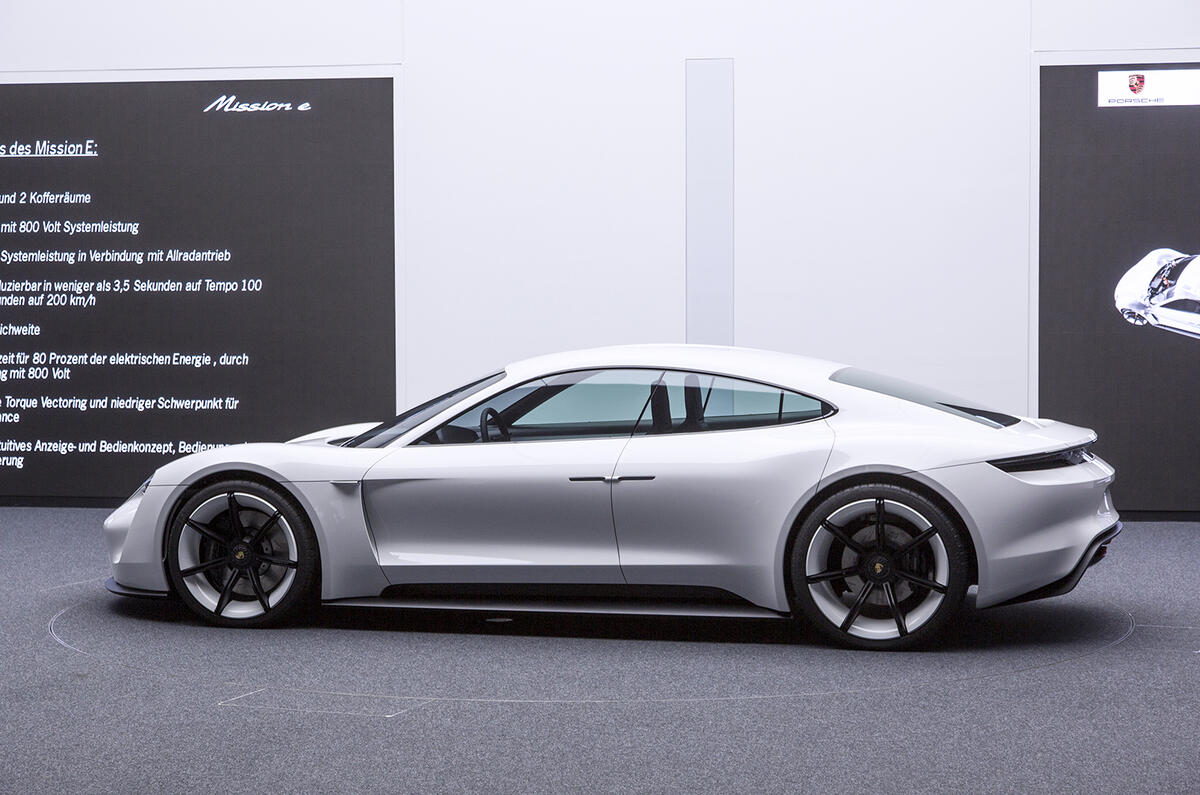
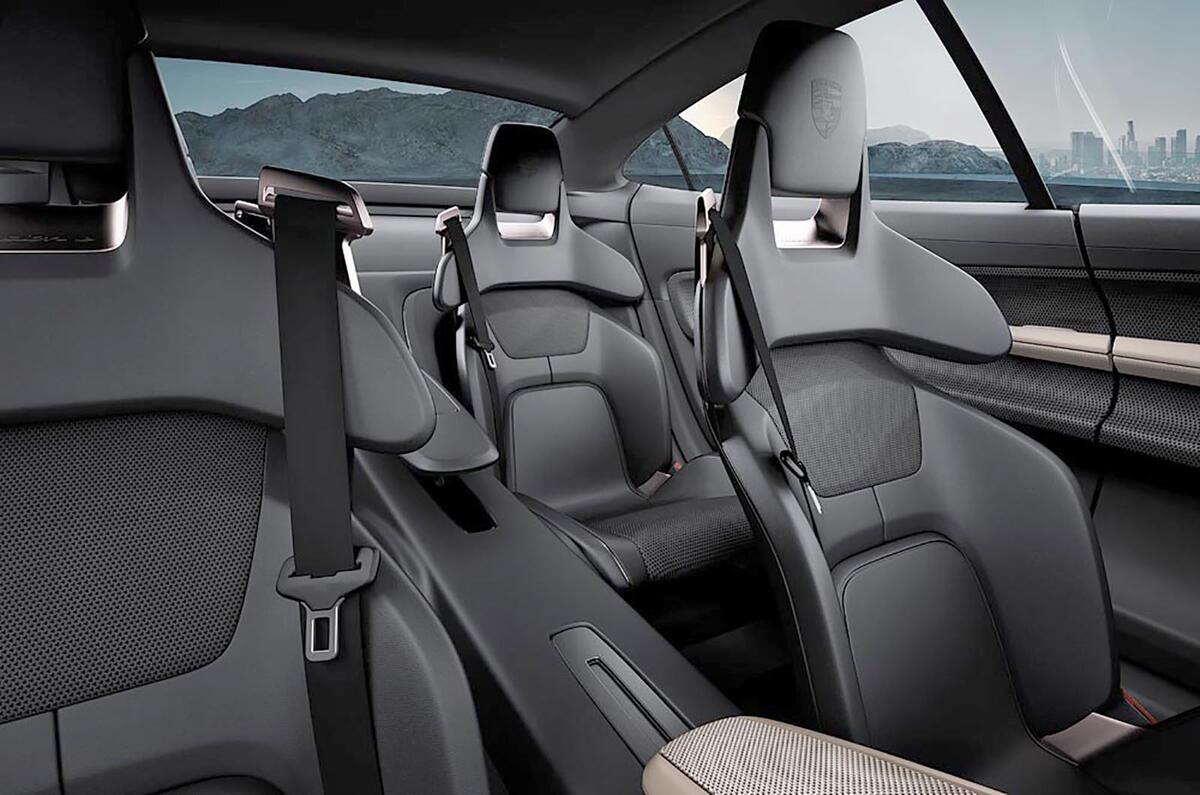
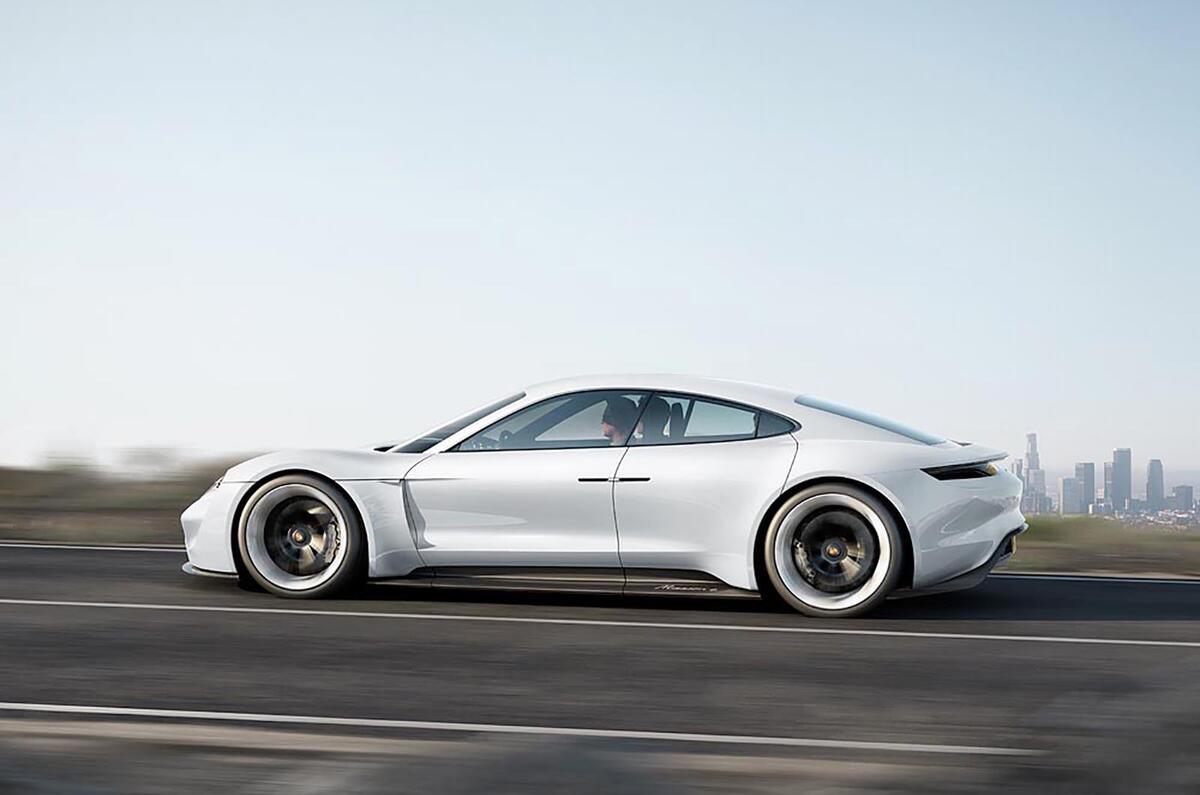


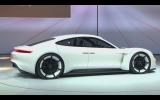
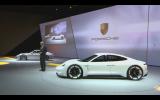
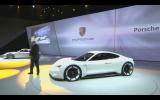
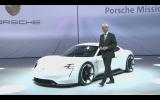
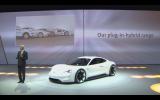

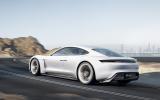
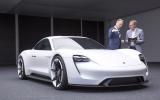
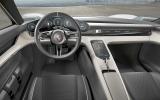
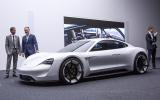
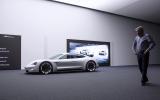

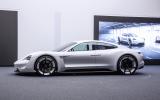
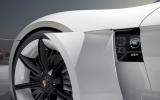
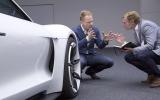
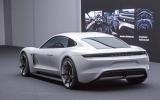

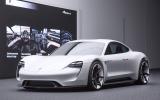
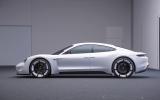
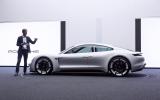

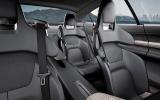
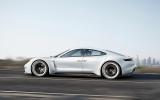


Join the debate
Add your comment
Mission RE
...and where are the plans for worldwide charging infrastructure
It's not the fact it could charge quickly. To have credibility Porsche needs to commit to the infrastructure. And if they do that their analysts will ask how much building that infrastructure would cost / hurt the bottom line.
Please Porsche